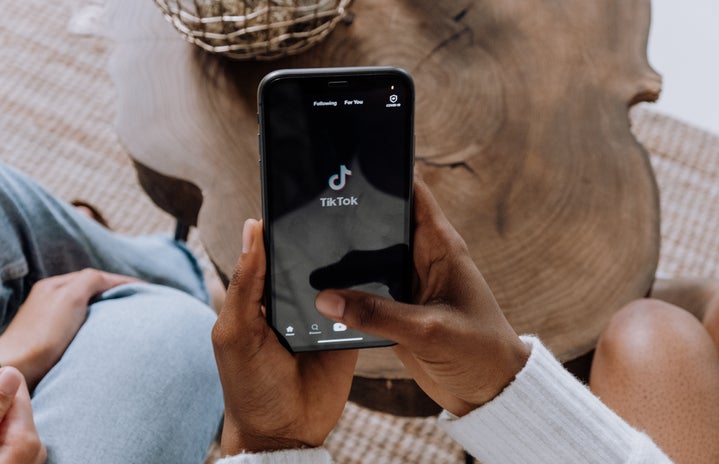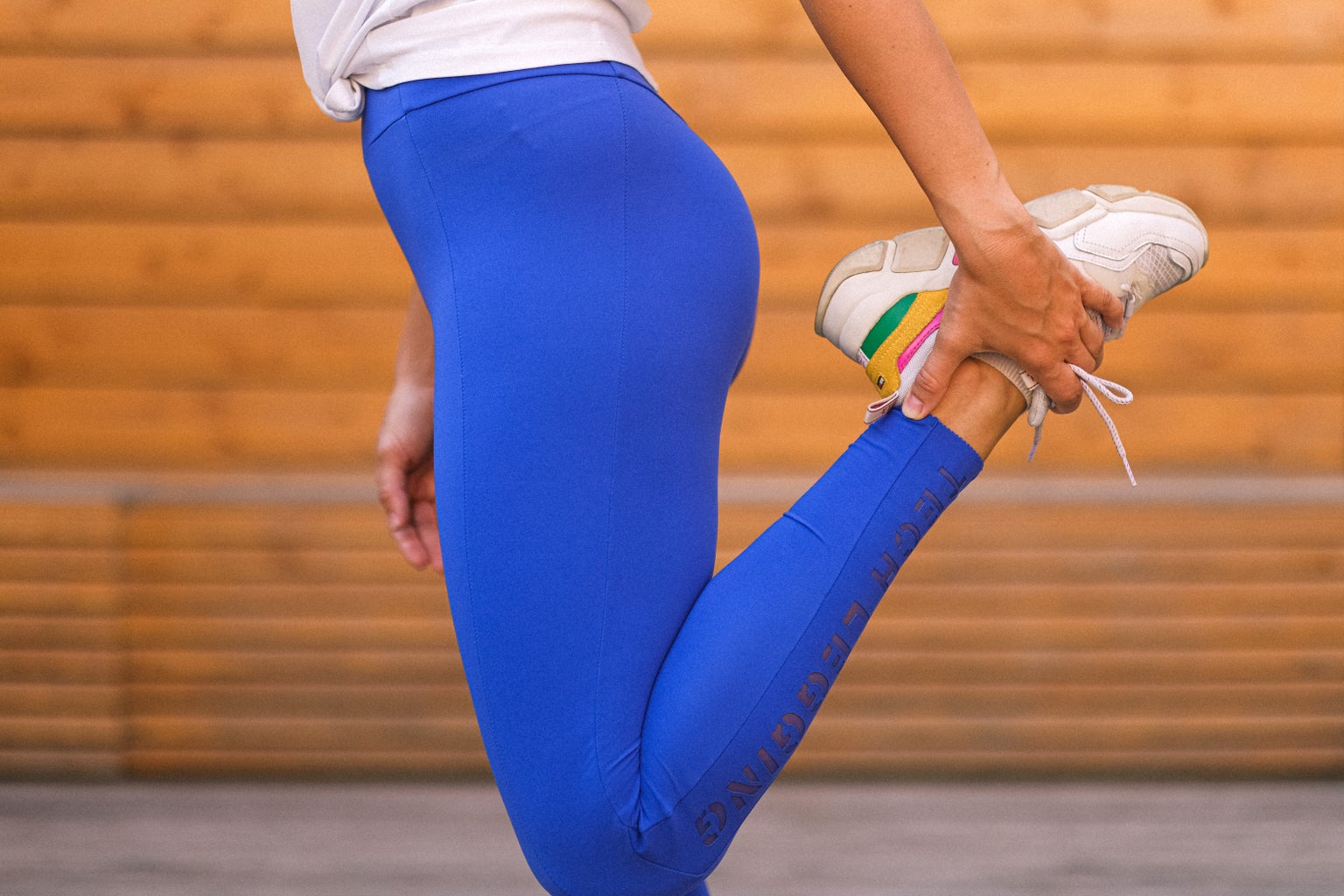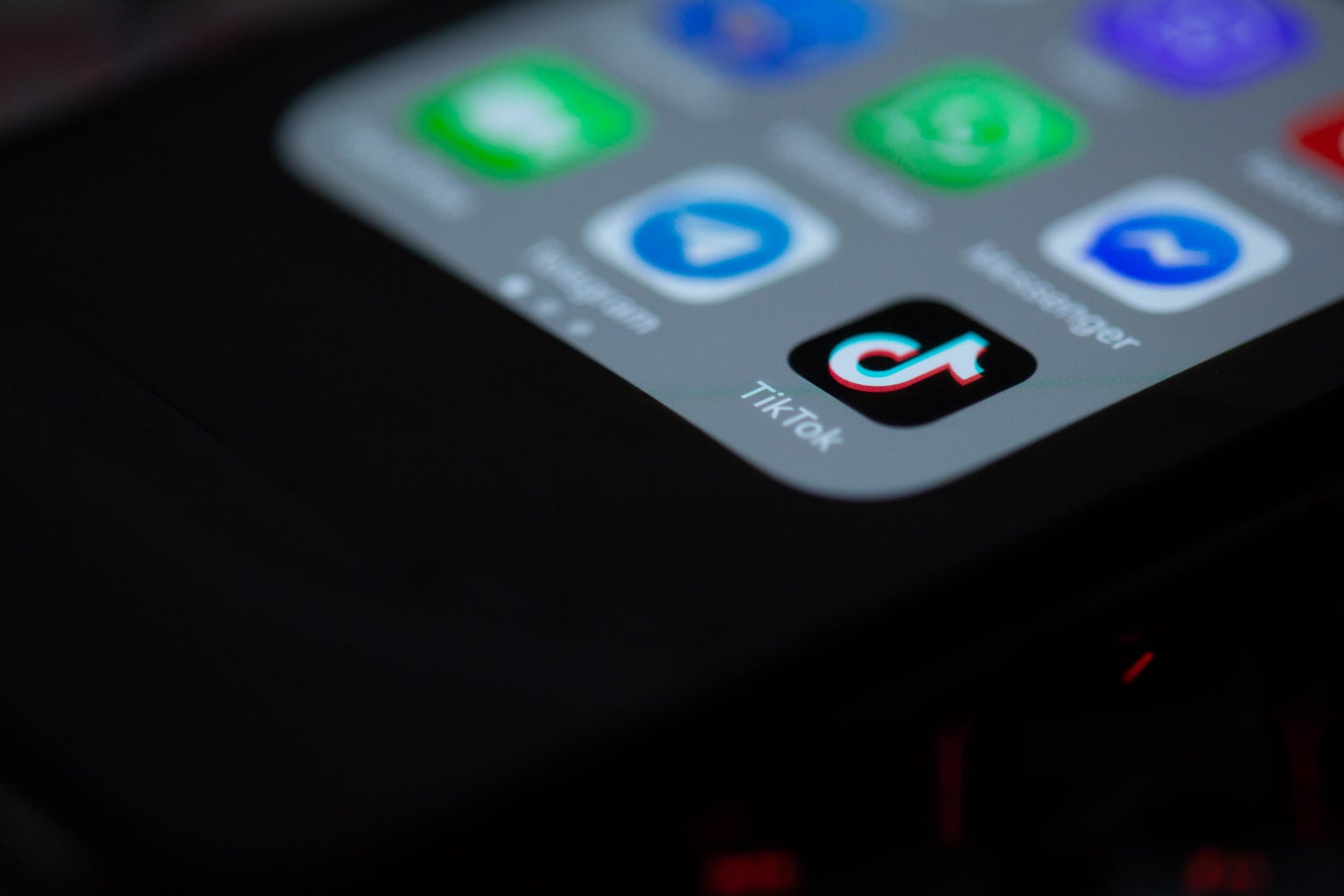As TikTok grows so does Desi TikTok, and it’s more than strict parents, Bollywood and sacrificing your life for Pakistan.
I’ve always known that the Indian culture and experience contributed to differences in the way I look and experience things. It’s enough to look around at people from different races or ethnicities and see some general differences in body types, hair, features and so much more. How could it not, with different diets, genes, practices and upbringings?
There has been discussion around how the dietary guidelines for Americas, responsible for federal nutrition policies and education efforts fail to account for growing diversity and the disproportionate health and dietary risks that communities of colour face. From this there stems a need for culturally cognizant and relatable education that, surprisingly enough, TikTok first concretized for me. And targeted health and diet facts are not that only relevant information I receive from TikTok, there is a broad expanse of content catering to the Indian subcontinent.
South Asians often colloquially called “Desi” refers to people from India, Pakistan, Sri Lanka, Bangladesh and Nepal. As an Indian a lot of my For You page is India specific, but the themes and information can be generalized to the entire South Asian community. So, without further ado, here are some of the things TikTok has to offer the South Asian community commentary and insight on.
- South Asian Health disparities and dietary requirements
-
The beer belly had always been a stereotypical feature of Desi uncles but was never something that I’d thought too deeply about. Looking back on it now, it seems intuitive looking back on it that South Asians would have differences accumulated through ancestry, culture and diet among other factors, but I was surprisingly introduced to some major biological differences in South Asians compared to other ethnicities through a TikTok by @desidoc.md.
Dr. Mubin Syed, MD broke into social media around the start of this year and has since amassed a whopping 71.3K followers and 15.1 Million views on TikTok. As a Physician, Researcher and South Asian Health Advocate, Dr. Syed’s most viewed TikTok talks about the difference in South Indian bodies compared to other ethnicities with the shocking fact that a cup of cream or ice cream, when consumed every day, would do nothing to a young healthy Caucasian, but would cause pre-Diabetic condition in a young healthy South Asian in just 5 days of consumption. He also mentions that the rate of diabetes is 6 times higher for South Asians compared to Caucasians and continues to highlight how South Asians need a lower waist circumference than the standard 40 inches to be considered healthy as well as the presence of lower lean muscle mass i.e., muscles that do not contain extra fat or connective tissue and more body fat especially between organs. Some other topics that his videos touch on are healthy waist lengths for South Asians based on sex, tips for heart health, snack ideas, dietary and exercise recommendations and other conditions present at high rates in South Asians, such as Sleep apnea and Coronary Artery Disease. Check him out here!
I have heard and continue to hear about genetic and bodily differences from other TikTok users especially fitness influencers, as well as the people around me, but coming from a doctor with quick detailed explanations and tips to mitigate discrepancies, it really caught my attention and has made me a little more conscious about the kinds of food I’m eating and my daily activities.
Looking at what our peers do and eat, whether it’s the amount of sugar they choose to eat or how often they exercise as well as listening to their different and sometimes contradictory advice can be overwhelming and counterproductive to your wellbeing. It brings up the important application of precision health through TikTok, an area that universal guidelines are often unable to tackle. It is important, however, to not get carried away by quick facts and statements without evaluating the reasoning behind them. Doing your own research and following up on new information, especially when it comes to health is the key to making beneficial changes.
- Gyming and Fitness for your body, with no cultural compromise
-
As someone who was recently inspired to hit the gym, TikTok has been a source of inspiration for workout routines. Through the algorithm I came across the audio “I feel like Indians are not genetically wired to get buff bro” and I see more and more South Asian TikTok creators using this as a backdrop to their fitness gains and workouts. As creator @aizah_fit explains, there is truth to this audio, considering the genetically lower lean muscle in South Asians, but the numerous fitness enthusiasts using this audio show that just because it’s not as common and can be much more difficult, it doesn’t mean that it is not possible for South Asian to gain muscle and that genetics should not be used as an excuse to give up.
A large part of Desi fitnessTok that I find useful is its focus on cultural food. There is a lot of awareness being spread about the exorbitant sugar quantities in sweets from the Indian sub-continent (@dietitianfareehajay says 5 teaspoons in one Jalebi? That’s at least 5/6th of AHA’s recommended daily recommended sugar intake!). There are numerous innovative ideas and tips these creators have come up with, to revamp cultural diets and foods that often come under fire for being high in sodium, fat, oil and calories. Why be forced to eat broccoli and chicken when you can spice things up with high protein Bhel, Tofu bhurji and Kesar Badam overnight oats courtesy of @dee_gautham. She also provides tips on how to balance popular dishes like Poha with protein and fiber so you can work around eating at home and recommend them to your parents! It’s comforting and inspiring to know that getting fit and buff can be a South Asian thing even when you have cravings or want to stick to food you are used to.
For South Asian women, aizah_fit and dee_gautham are two of the most popular fitness influencers on TikTok. Another important aspect that aizah_fit discusses on her page is expectations and judgement that can be received by girls who gym, for not meeting the beauty standards set out for South Asian women, which is typically skinny and petite rather than muscular and curvy and the lack of acceptance towards females working out, as it goes against the expectations of being delicate and “feminine”. These ladies show all the brown girls out there that there are people out there who face the same and are still killing it and looking great while they do.
- Sex positivity
-
If you’re South Asian there is a good chance you grew up in a more conservative household in terms of sexuality, dressing and dating compared to your peers. Without parental guidance in this area, which is very often the case, it can be confusing navigating your body and feeling beautiful when you see friends flippantly wearing clothes your parents would never let you wear and doing things you have been trained to believe are unacceptable your entire life. Friends can be a source of inspiration and help you push your inhibitions away and choose how you want to conduct yourself, but sometimes they can come from the same place you are, or they could be too far on the other side of the spectrum to understand you and gently push you.
Seeing brown creators who openly discuss and joke about these feelings of oppressiveness yet still express themselves freely on platforms, whether it’s through jokes, dance, dressing or whatever it may be, is empowering. The viral Telugu song featuring Samantha Oo Antava..Oo Oo Antava has been used on numerous TikToks even beyond the South Asian community for the powerful message it communicates. The song hits the mark of targeting the tendency of shaming women for how they dress, instead of addressing the behavior of men. It exposes the root for the treatment of Desi women and push for them to be conservatively dressed and reserved and shattered it by the irony of the song being an “item song” which is typically a provocative dance sequence within a movie, to emphasize how women should be allowed to do what they want and men who intend to exploit women will do so anyway. Definitely a huge win for the conversation of gender equality and sex.
- Body Hair, Colorism and loving everything about yourself!
-
The struggles of a Brown girl can often make you feel alone. With hair growing a day after you’ve shaved and older relatives talking about looking fairer or skinnier, it feels impossible to meet expectations, media or cultural or otherwise. This generation is having none of that and is creating its own beauty standards. TikTok creators like @fit.kaur confront harsh expectations that have had a mark on many a childhood and confidently embrace who they are, inspiring thousands of others to follow in suit. With the number of jokes about brown men not being able to grow facial hair and brown girls not even having to try, it has become something natural that Desi girls have a lot of hair and is not something to be secretive or ashamed about. Ethnic features that don’t match Eurocentric standards, a big one being noses, is another area I’ve seen many Desi women bring up. What helps is seeing people with the same features put themselves out there and even talk about how they used to feel insecure about said features as @hamelpatel_ does with her TikTok showing her transition from her “I want a nose job” phase.
I also happened to come across useful South Asian targeted, home remedy based, natural hair and makeup tips from @badgalriyriy and the amazing makeup brand @bili_beauty that’s super pigmented, for all skin tones and vegan and cruelty free, inspired by Indian culture! This creator among many others also calls out the prevalence of whitening products in stores across India, a hallmark of most South Asian countries. The dark skin is ugly mindset is one that is widespread and deep-rooted in the Indian subcontinent and sadly Desi TikTok creators continue to face colorist comments. Fortunately, the insults are returned with multiple fold support from the South Asian community and clap backs from creators themselves. If they’re thriving out there, then so can you!
- Loving your culture
-
Mainstream media has always dictated the standard of beauty and even though progress is being made with Never Have I Ever showing the world characters in Sarees, there is still progress to be made in normalizing people of all cultures feeling unapologetic dressing how they want wherever they want and in whatever they are wearing, whether it’s clothing, a Bindi or Henna. TikTok has encouraged creators to bring visibility to traditional cultural attire with @divyamaiya shuffling and even skiing in a saree pushing the message that it’s okay to confidently embrace who you are, something that I’ve seen is particularly difficult for older immigrants and visitors as well as international students who are used to themselves and the people around them dressing a certain way, bringing feelings of embarrassment to stick out and pressure to conform to a style one is not comfortable with.
On the same vein is the spread of classical dance styles such as Bharatanatyam, that many brown girls grew up having to learn. Due to these forms not being very known, and typically not club appropriate I’ve seen them pushed aside and not acknowledged or appreciated as much as they deserve, but with the incorporation of these styles, adding a cultural twist to trends such as the Up Down Pacer test like @aishuadd did, things are changing.
TikTok has received its fair share of hate, it has gotten people addicted and it has changed the vernacular of the youth, but no can deny that it is powerful tool to spread awareness and cause change. As fun as TikTok is to pass time and get laughs, it is more than that. It is influential in ways we don’t even realize, expanding our exposure in unique ways, just as all social media platforms do.
I’m sure every culture, race and group has its own corner of TikTok that makes one feel seen and can give them the catered information that they need to hear, and the great thing is, if you don’t, then you can start being the representation yourself.




